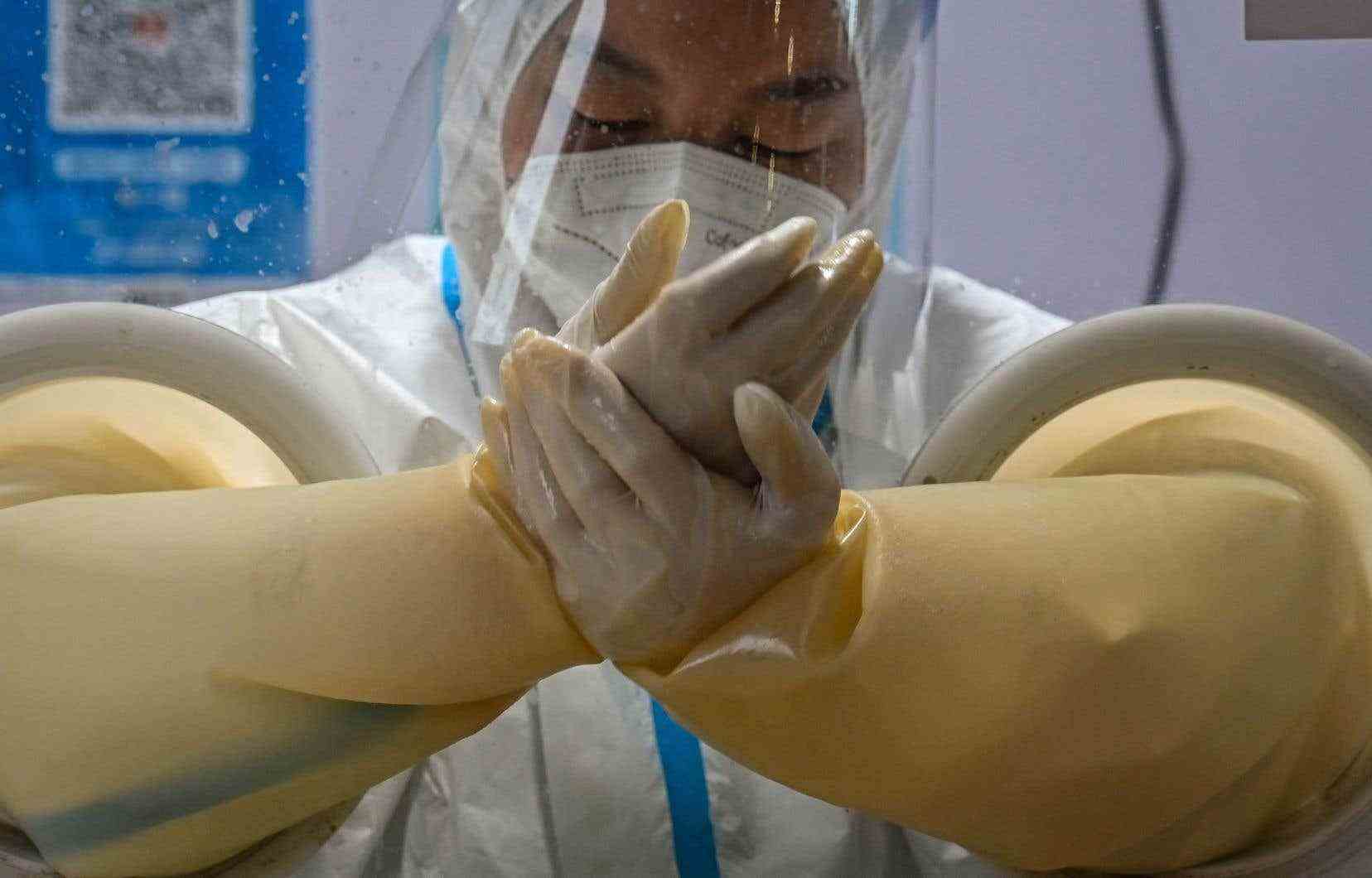China on Wednesday announced a general easing of health rules against COVID, to appease popular anger and revive its faltering economy.
This reversal seems to put an end to the essential of the “zero COVID” policy in force for almost three years and which China was one of the last countries in the world to apply.
This strategy involves repeated confinements and large-scale PCR tests of the population as well as long quarantines for any arrival from abroad, enough to upset the daily life of the Chinese and strongly penalize the economy.
Its relief comes ten days after a wave of demonstrations of an unprecedented scale since the pro-democracy mobilizations of Tiananmen repressed in 1989.
In a dozen cities in the country, the demonstrators had shouted their weariness of the strict health policy, some demanding the departure of President Xi Jinping.
The new instructions unveiled by the National Health Commission (NHC) – which has the value of a ministry – will serve to “Correct the significant problems currently encountered in the prevention and control of the pandemic”, explained the latter.
The policy carried out so far “has aroused a strong response from the public”, acknowledged Li Bin, an expert from the NHC, at a press conference.
“It’s time to open”
Under the new rules, “asymptomatic infected people and mild cases” will be able to self-isolate at home instead of going to the quarantine center as was the case before.
And it will no longer be necessary to display a green health code on your phone to access the majority of public buildings.
It is also the end of large-scale PCR tests, which most residents had to perform several times a week to gain access to any public place.
From now on, they will only be carried out in “schools, hospitals, retirement homes and high-risk work centers”.
The use of confinements, sometimes applied to neighborhoods or even entire cities, will also be reduced, the areas at risk having recorded no cases for five days having to be reopened.
China will also accelerate the vaccination of the elderly, its weak point which has previously prevented it from relaxing its health rules.
Finally, it will now be possible to travel from one province to another without having to present a negative PCR test less than 48 hours old or take a test on arrival.
Immediately after the announcement of the new measures, travel searches on the Ctrip app for the Chinese New Year period surged to a three-year high, according to the online media. ThePaper.
“It’s time to open up (the country), it’s been three years already,” a Beijing resident told AFP. “People need to work and eat, we can’t just tell them to stay at home.”
Delicate operation
But, after three years of anxiety-provoking propaganda from the Chinese authorities about the dangerousness of the virus, other Beijingers are concerned.
“We are very worried, now that we are opening up completely, the government no longer cares about anything, what will be done if the epidemic situation worsens? asks Meng Qingcheng, 60, a worker from the countryside.
“We are also afraid, we do not want to be infected,” he believes.
The announcement of this new policy comes hours after the publication of worrying new figures for the world’s second largest economy.
In November, Chinese exports and imports suffered their biggest drop since the beginning of 2020.
While the Chinese economy is expected to have recorded one of its worst growth performances in four decades this year, getting out of “zero COVID” is a delicate operation.
“I hope that these measures will really be applied at the local level,” confides a Pekingese in her forties.
“The problem is that the implementation is not consistent and depending on the neighborhoods or places, the policy is different”.
“We believe many restrictions will remain in place,” Fitch economists said in a note on Wednesday.
Citing also “the slowdown in global growth” and the bleak outlook for real estate, they believe that “these factors combined […] will limit the trajectory of China’s economic recovery.”
